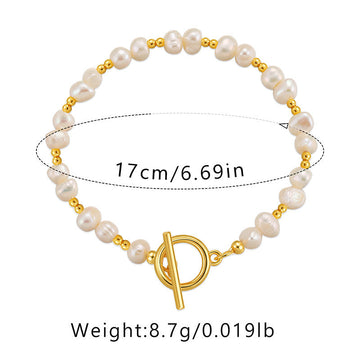How Cleaning Frequency Impacts the Luster of Stone Bracelets
Maintaining the shine and vibrancy of stone bracelets hinges on a balance between regular care and avoiding over-cleaning. The frequency at which you clean these pieces can significantly influence their appearance, durability, and long-term luster. Below, we explore how cleaning schedules interact with stone properties and offer guidelines for preserving their natural beauty.
Daily Wear vs. Occasional Use: Tailoring Cleaning to Usage Patterns
The frequency of cleaning should align with how often the bracelet is worn, as exposure to skin oils, cosmetics, and environmental pollutants varies.
- Frequent Wearers: If worn daily, bracelets accumulate sweat, lotion residues, and airborne particles. These substances can dull the stone’s surface over time. A gentle weekly wipe-down with a damp, lint-free cloth helps remove surface grime without stripping protective patinas on metals or natural oils from porous stones.
- Occasional Wearers: Bracelets worn infrequently may require cleaning only every 4–6 weeks. However, storing them in a sealed pouch with silica gel packets can prevent tarnish and moisture damage, reducing the need for frequent cleaning.
Over-cleaning infrequently worn pieces can strip away subtle surface layers that contribute to a stone’s unique character, such as the aged patina on copper or silver settings.
Stone Type and Porosity: Adjusting Care for Natural Variations
Different stones have varying levels of porosity and hardness, which dictate how they react to cleaning frequency.
- Non-Porous Stones (e.g., Quartz, Agate): These stones resist staining and can tolerate biweekly or monthly cleaning with mild soap and water. Their dense structure prevents dirt from penetrating deeply, so excessive cleaning may only be necessary if exposed to harsh chemicals or abrasive surfaces.
- Porous Stones (e.g., Turquoise, Lapis Lazuli): Highly porous stones absorb oils and contaminants more readily, requiring more frequent light cleaning. A weekly dusting with a soft brush and occasional soaking in distilled water can prevent buildup. However, avoid over-soaking, as prolonged moisture exposure may cause cracking or discoloration.
- Soft or Delicate Stones (e.g., Opal, Pearl): These stones scratch easily and should be cleaned sparingly—perhaps every 6–8 weeks—using only a damp cloth. Avoid ultrasonic cleaners or abrasive materials, as they can damage the stone’s surface.
Understanding your stone’s properties ensures that cleaning frequency complements rather than undermines its natural luster.
Environmental Factors: Humidity, Pollution, and Storage Conditions
The environment in which a bracelet is worn and stored also influences cleaning needs.
- Humid Climates: High humidity accelerates tarnish on metal components and may cause moisture-sensitive stones (e.g., emerald) to develop surface films. In such conditions, cleaning every 2–3 weeks with a dehumidifying cloth or silica gel storage can mitigate damage.
- Urban Environments: Airborne pollutants like sulfur dioxide or particulate matter can adhere to stones, dulling their shine. Bracelets worn in cities may need a biweekly rinse with distilled water to remove acidic residues.
- Storage Practices: Storing bracelets in airtight containers with anti-tarnish strips reduces oxidation and extends the time between cleanings. Avoid storing them near heat sources or in direct sunlight, as these can dry out porous stones or fade dyed varieties.
By aligning cleaning frequency with environmental stressors, you can preserve the bracelet’s luster without overburdening it with unnecessary treatments.
Signs It’s Time to Clean (or Hold Off)
Pay attention to visual and tactile cues to determine when a bracelet needs attention.
- Dullness or Discoloration: A once-vibrant stone appearing cloudy or yellowed may signal oil or dirt buildup. However, if the stone has a natural inclusions or matrix (e.g., dendrite opal), avoid aggressive cleaning to preserve its unique patterns.
- Sticky Residue: Lotions or perfumes can leave a tacky film on stones. Gently wipe with a damp cloth, but avoid scrubbing, as this may dislodge fragile settings.
- Metal Tarnish: If metal clasps or bezels show signs of oxidation, clean them with a baking soda paste, but isolate the stone first to prevent chemical exposure.
Conversely, if the stone appears shiny but feels rough to the touch, over-cleaning may have stripped its natural oils. In this case, reduce frequency and consider applying a specialized stone conditioner (for porous varieties).
Balancing Cleanliness with Preservation
Striking the right balance between cleaning and preservation ensures that stone bracelets retain their luster without compromising structural integrity. By customizing routines to usage, stone type, and environment, you can enjoy these pieces for years while minimizing wear and tear. Always test cleaning methods on a small area first, and consult a gemologist if unsure about a stone’s sensitivity. With mindful care, your bracelet will continue to radiate its natural beauty.







